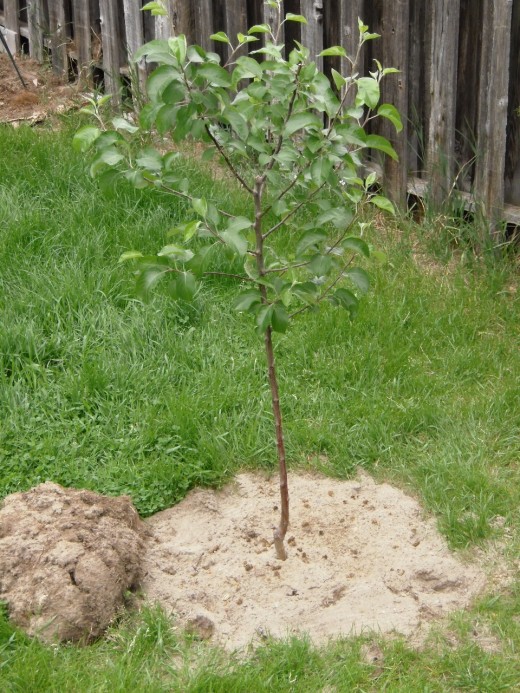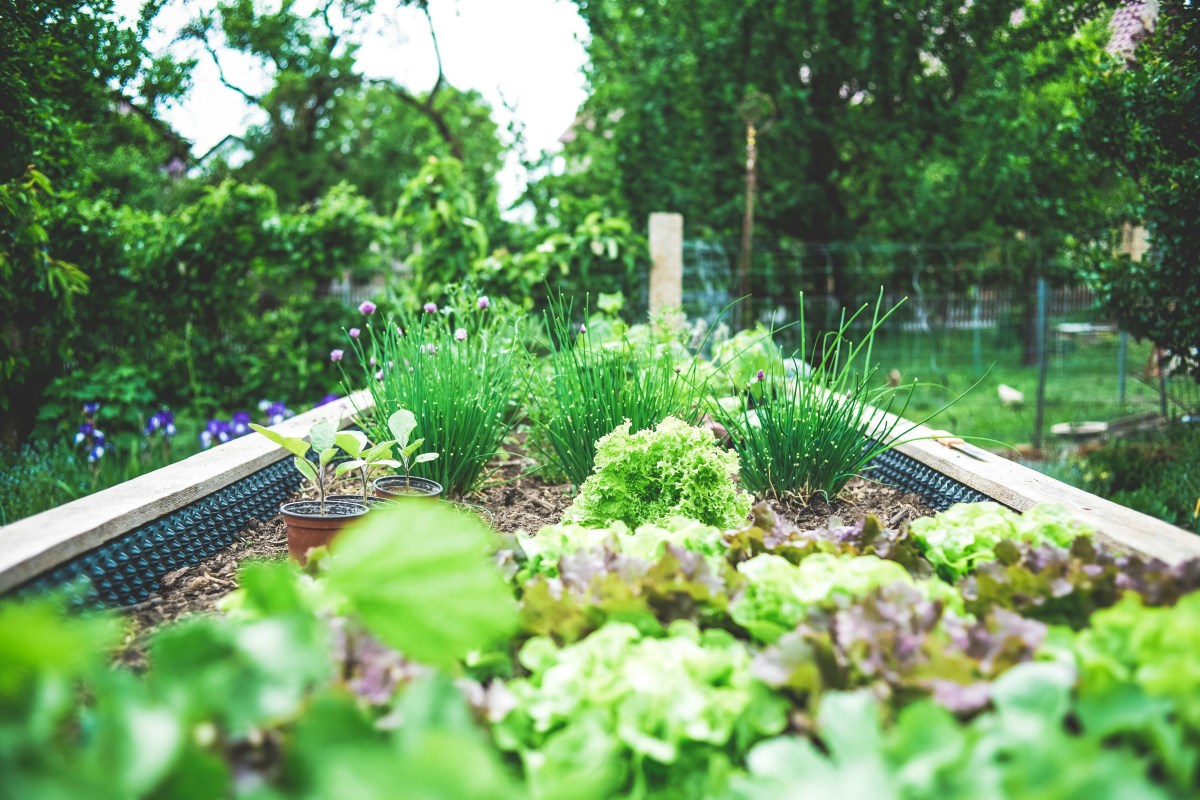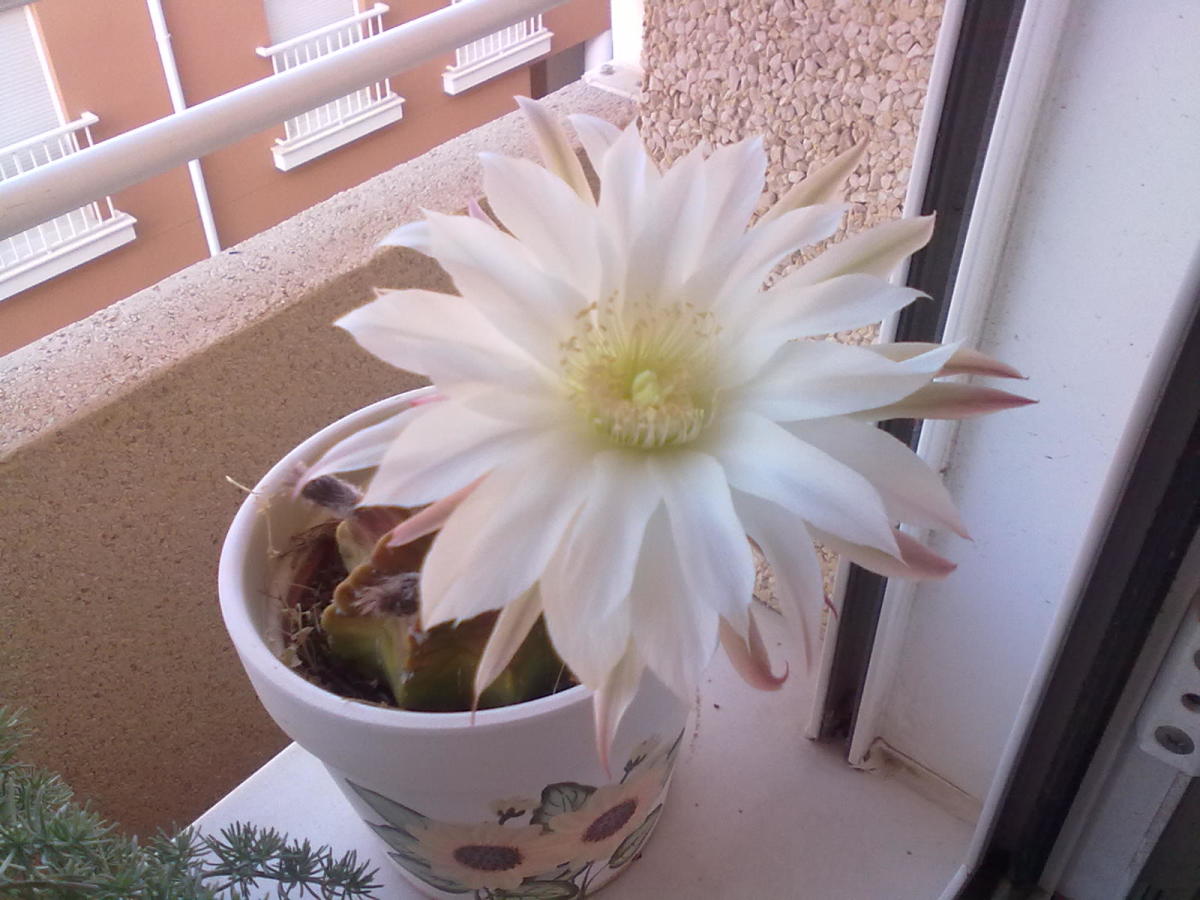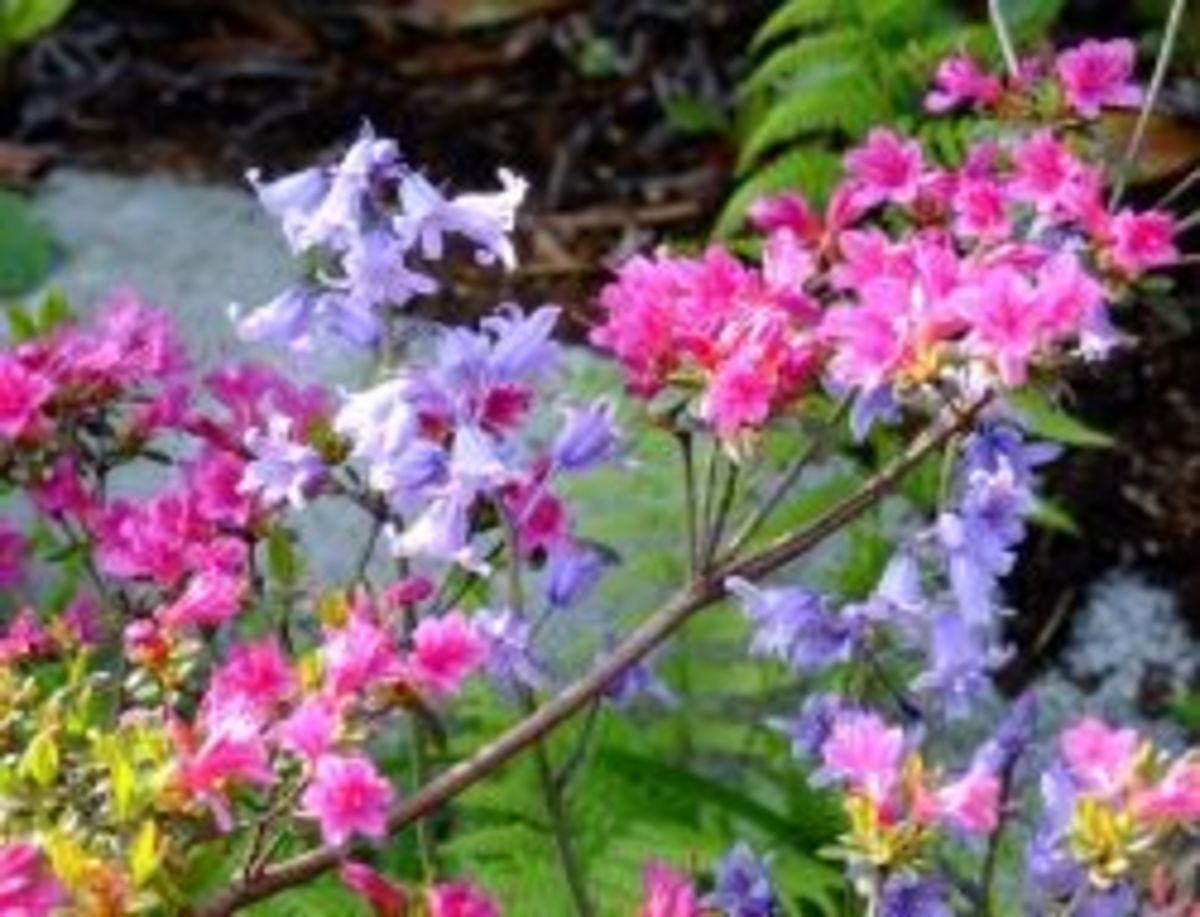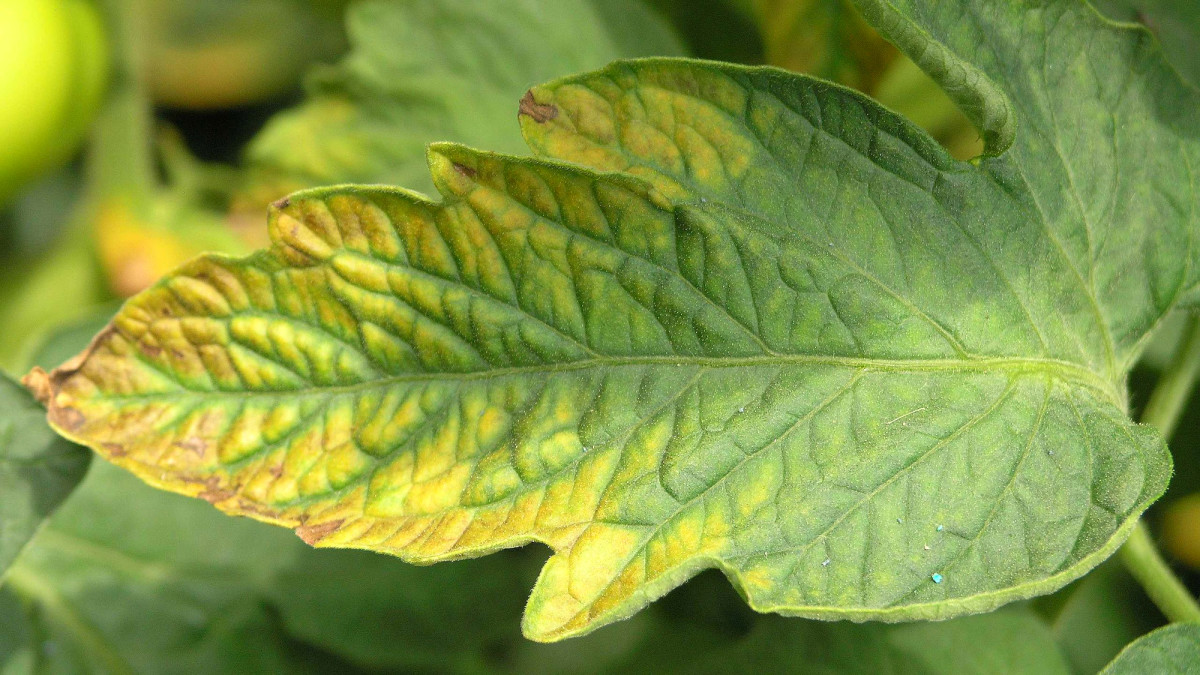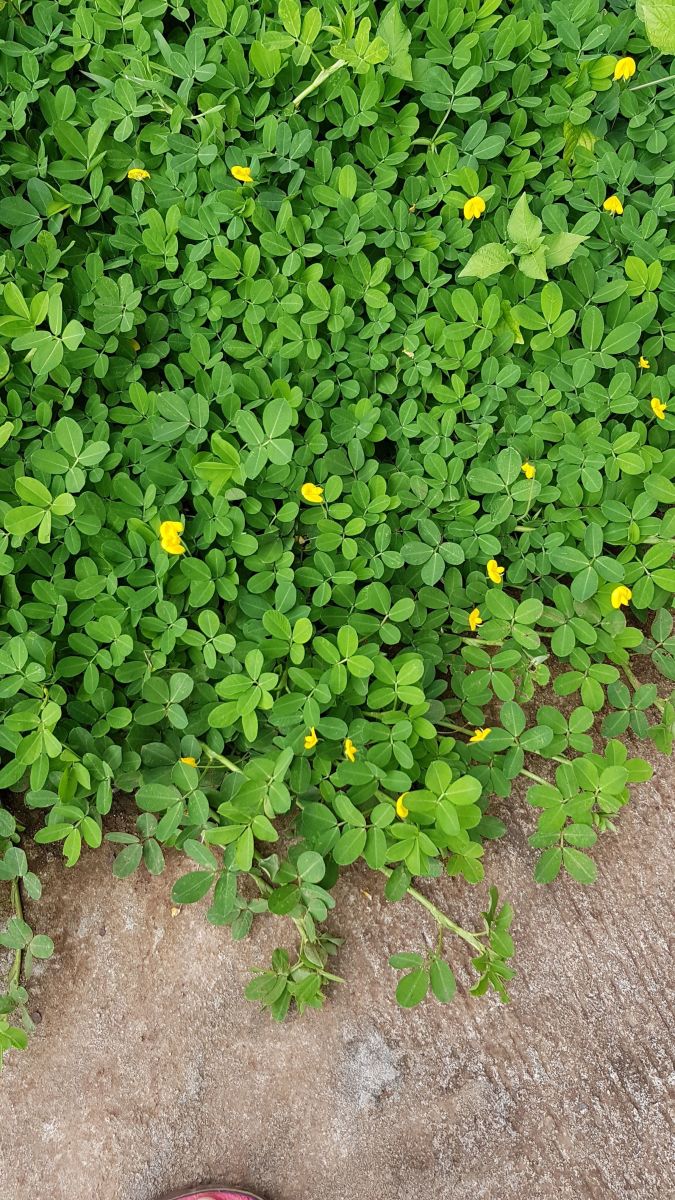Organic Gardening Tips with Green Manures
What is Green Manure?
Green manures are crops that are grown to feed the soil. They are not intended to produce fruit or flowers, but are dug back in before flowering to add organic material and nutrients to the soil. Planting green manures in your garden has many benefits:
- they add nitrogen to the soil, especially legume crops like clovers and fava beans
- they improve the tilth of the soil
- their roots loosen and aerate hard-packed and clayey soil
- they reduce moisture loss, acting as a living mulch
- grown as a cover crop, they shade the soil and protect the roots of plants like clematis, which like sunny exposure but cool roots
- they prevent erosion on slopes or in windy areas
- they crowd out weeds
- they hold nutrients in the soil and prevent them from being washed away from bare soil during rainy winters or springs
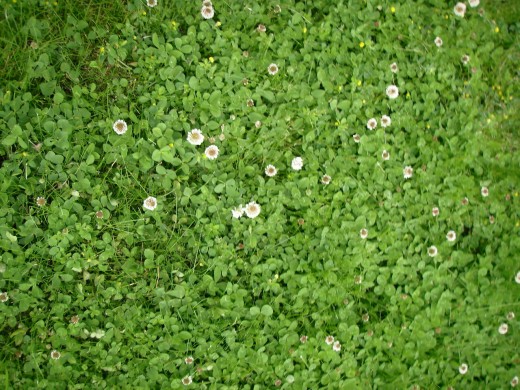
What Plants are Good for Green Manure?
Whatever plant you choose, dig it in before it flowers, and leave the stalks to decompose in the soil for two weeks before you plant. Some good green manure crops are listed below. Sometimes garden centres sell the seed. If you live in an agricultural area, a feed supply centre may have them. In Vancouver, I found what I needed at Art Knapp's Garden Centre, but when I moved to Kamloops, the garden centres didn't have much and I found everything I needed at Purity Seed. I even bought the composter from them for $25, a price subsidized by the district to encourage residents to compost and reduce the amount of waste going to municipal landfill sites.
Effective green manure crops include: crimson clover, sweet clover, red clover, Alsike clover, fava beans, Indianhead black lentils, white lupine, Sirius field pea, Tangier flat pea, alfalfa, Chickling vetch, buckwheat, rye, phacelia, and winter tares.
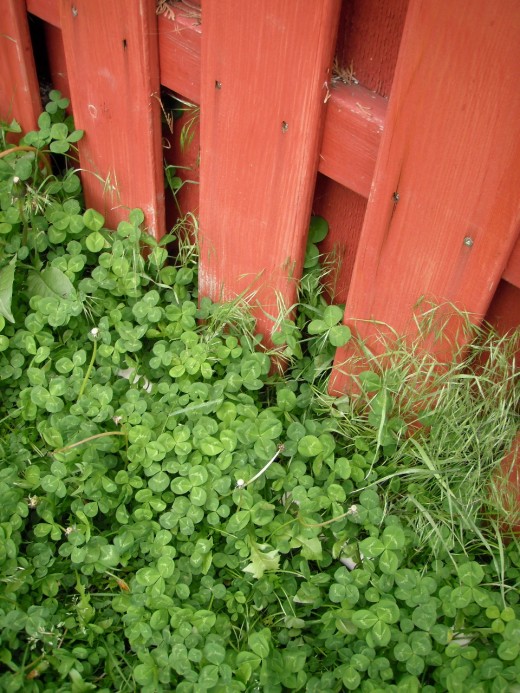
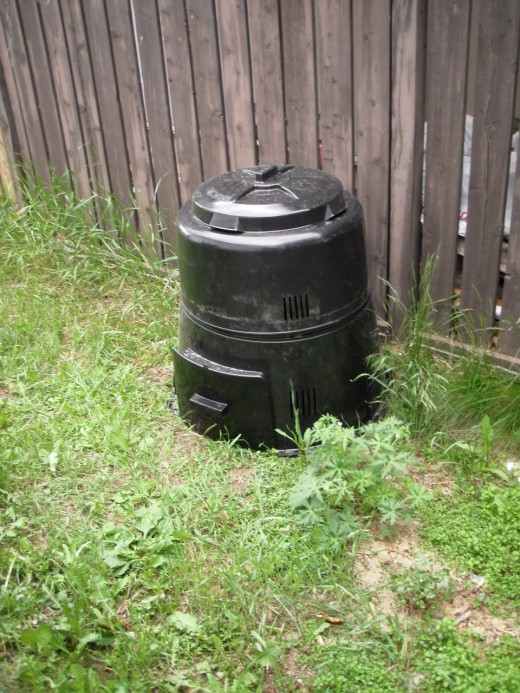
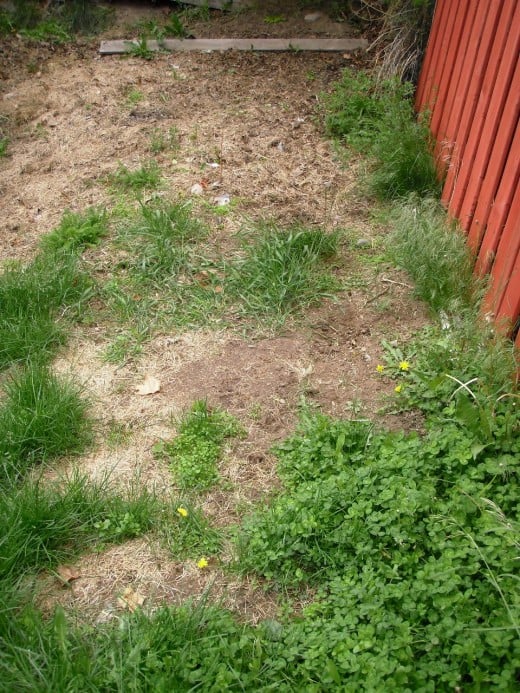
How Can Green Manures Help in New Garden Design?
Don't be in a hurry to build your garden when you move into your new house. Spend time watching the property first, and observe the microclimates. Notice which areas get shade, which get sun, and how many hours of sun, and whether it is morning or afternoon sun. Sun-loving plants and vegetables, and fruit trees need 8 hours of sun daily, while shade plants need less than four. Notice which areas get rained on and which are protected by roof eaves or buildings, or are out of reach of irrigation systems or sprinklers, and may be dry.
Notice the plants the neighbours grow. They will probably grow in your garden. Maybe the gardeners in your area will give you divisions. Notice the native plants of the area that grow in fields and forests in the outskirts of your town.
Before you start digging garden beds, get a few containers and plant them with annuals, or with salad greens. You can move the containers into a place with more sun if you miscalculated where the best spot is for the plants.
Set up a composter and start preparing compost. You will use a lot of it once your garden begins. Feed your composter with green and brown materials, layering them. Turn with a compost turning tool every couple of days. Add water if the compost is dry. Once the compost is full, and begins to "cook," steam rises as you turn it.
Once you have picked out an area for your first garden bed, mark the edges of beds with a hose so they aren't straight--curved edges are appealing to the eye. You can work every season to adjust the garden, move plants around, change the size and shape of beds. The garden grows, not only the plants. If you are there in the fall, dig the bed roughly and plant fall rye as green manure. It will grow until freeze-up, and in the spring you can dig the roots and leaves in early before planting your summer plants.
In my garden I am currently developing a bed in a difficult area--on a north slope, very shaded, and out of reach of the sprinkler system, so it is always dry. I am not yet sure what I will plant there--probably native grasses and shade plants. This season I planted crimson clover and mulched areas with grass clippings and last year's leaves, and in the spaces I am letting some yarrow volunteers take root. I will see how they do, and add more plants gradually, continuing to green manure the vacant areas constantly.
How to Prepare a New Garden
Once you know where you want your first garden bed, start it small. Layer newspapers on the grass, soak them, pile soil on top, and plant annuals or shallow rooted vegetables like lettuce and beans. If you have help and have energy, turn the turf under and bury it under the soil. It will decompose.
Add compost or manure to the soil, plant seeds or bedding plants, and sprinkle a green manure cover crop like crimson clover or fall rye on lightly. The garden plants will grow through, and the green manure will shade the soil and keep it moist. Or mulch with straw or grass clippings, whatever is at hand in your area.
If you live near farms, you may be able to get manure free or cheaply from the farmer. You probably have to bag your own, so bring garbage bags, wear boots and bring a shovel. In our neighbourhood, school teams often do a manure sale in April, and I always buy 10 or 20 bags to support the team and feed my plants. If your garden is strictly organic, you may decide to stay away from manure, since the animal waste may be contaminated with growth hormones and any pharmaceuticals the animals ate.
Once you plant or seed, water daily. I am sure I am not the only gardener who loves to walk around in the morning sipping morning coffee as I visit the plants, deadheading, pulling weeds, smelling, noticing new growth or evidence of insects, slugs, or mold.
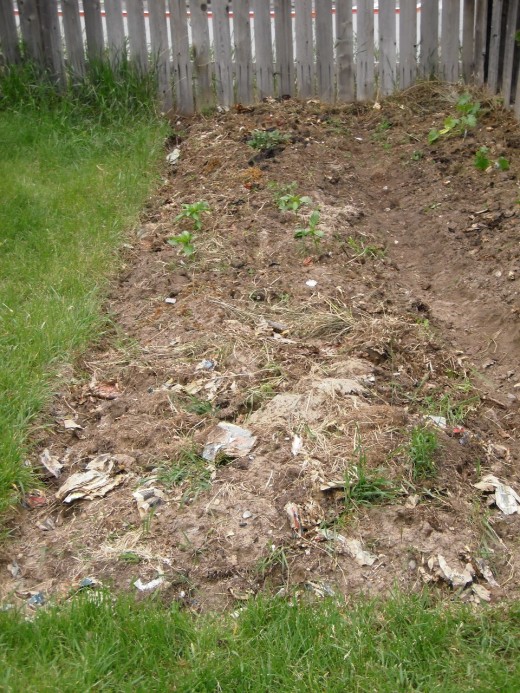
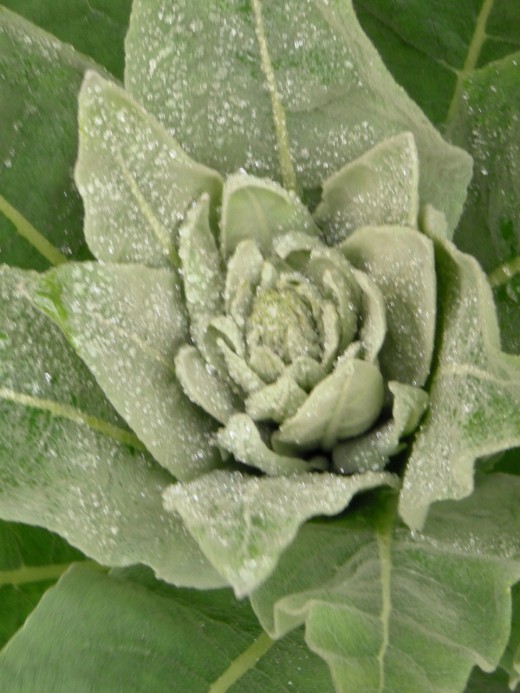
Clover as Cover Crop Feeds Bees to Pollinate Fruit Trees
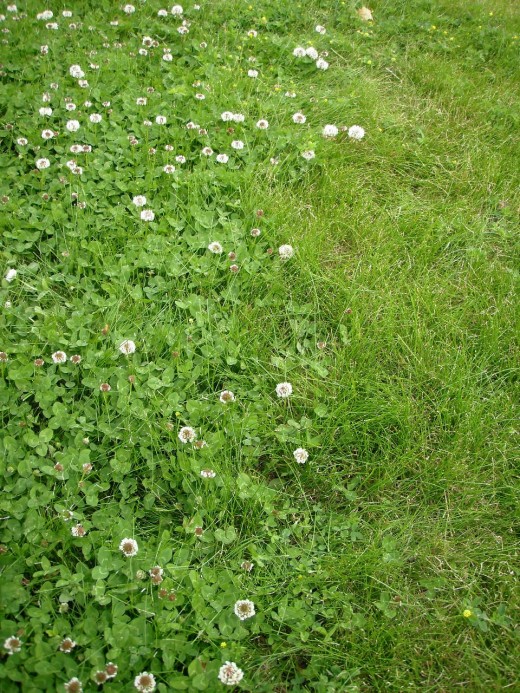
Organic Gardening Tips
- Plant native plants and grasses. Consider re-planting all or part of your water-guzzling lawn with crops like clover or thyme, or perennial ground covers like vinca (periwinkle) that look green but need less water and maintenance. I planted mullein as an accent plant in my front garden on the south side of the house. This plant grows wild in the grasslands, thrives in full sun with little water, and your children will love the furry leaves. In a garden with good soil, organic fertilizer and some water, the plants are huge, dramatic specimens that will be almost as tall as an adult.
- Compost--add kitchen peelings, grass clippings for green (nitrogen) layers, and add leaves, shredded paper, coffee grounds for brown (carbon) layers. Ask at your local coffee shop for coffee grounds, and your local sawmill for sawdust. They are good sources of browns. I get bags of grass clippings from my neighbour, who just throws it out. I use it in compost and for mulching.
- Use organic fertilizer
- Plant cover crops of green manures to reduce water loss and condition soil. Don't leave areas bare, where weeds will root.
- Avoid chemical pesticides and herbicides. Walk around after rain and pull weeds when they lift out easily. Mulch around plants with grass clippings to prevent weeds from taking root. Feed the soil so plants are healthy and not stressed by insect attacks. Learn about companion planting, for some plants release chemicals that repel insect predators from other plants.
Cover Crops and Green Manures
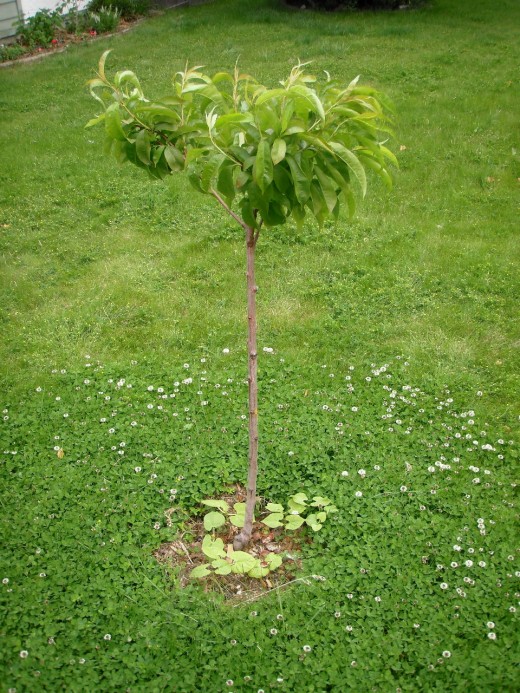
Do you use pesticides, herbicides or chemical fertilizers on your garden and lawn?
Organic Fertilizer Recipe
Many gardeners want to avoid adding chemical fertilizers and pesticides to their gardens because they are short-term solutions with long-term deleterious effects. What goes on the garden ends up in the water system, and in our bodies. To learn more about how environmental toxins get into our food and our bodies, look here. As a way to cope with the toxins, the body insulates them in fat stores to remove them from circulation. One way to remove this extra fat is with a structured program of nutritional cleansing and replenishment like this one.
A preferable alternative to chemical fertilizer is this very effective organic one. Even if your garden is new and the soil is not yet very fertile, your plants will do well with this fertilizer. I planted tomatoes last summer in a hard, sandy bed at the south side of the house, fed them with this fertilizer and kept them watered, and I had huge crops of tomatoes.
Measure the ingredients by volume, not weight. Dig in around the new plants, and watch how they do. Add more in two to four weeks during the growing season.
- 4 parts seed meal, such as alfalfa meal, cottonseed meal, or canola seed meal. If your supply centre doesn't sell meal, try pellets. Ranchers and farmers use them for animal feed. The pellets break down quickly once wet, and mix in with the other parts for organic fertilizer that plants can take up and use. Seed meal provides nitrogen, but is acidic, so add dolomite lime.
- 1 part dolomite lime. If your soil is alkali, use less. In rainy areas, like at the coast in Vancouver, the soils were acidic with acid rain, but inland in the dry interior plains in the rain shadow of the Coastal and Cascade Ranges, soils are more alkali. Moss doesn't grow in the lawns, and we need less lime.
- 1/2 part kelp meal for potassium and micronutrients
- 1/2 part bone meal for phosphorous
